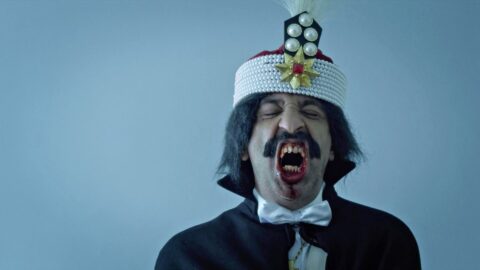In the year 2025, any art form normalising the status quo is as good as meaningless.
The Currents strand of the New York Film Festival has consistently proven to be its most reliable resource for filmmaking that, if not at its best, is certainly at its most adventurous. If this medium is going to survive the automisation and co-optation of artistic labour, it must prove malleable in responding to the myriad ongoing global crises. Two of the films I saw that delved almost exclusively into the past were, tellingly, North American. The other two challenged nationalist framings of identity, either with tranquillity or outrageous impudence. All provided a compelling glimpse of various formal and political methodologies for responding to a tumultuous present.
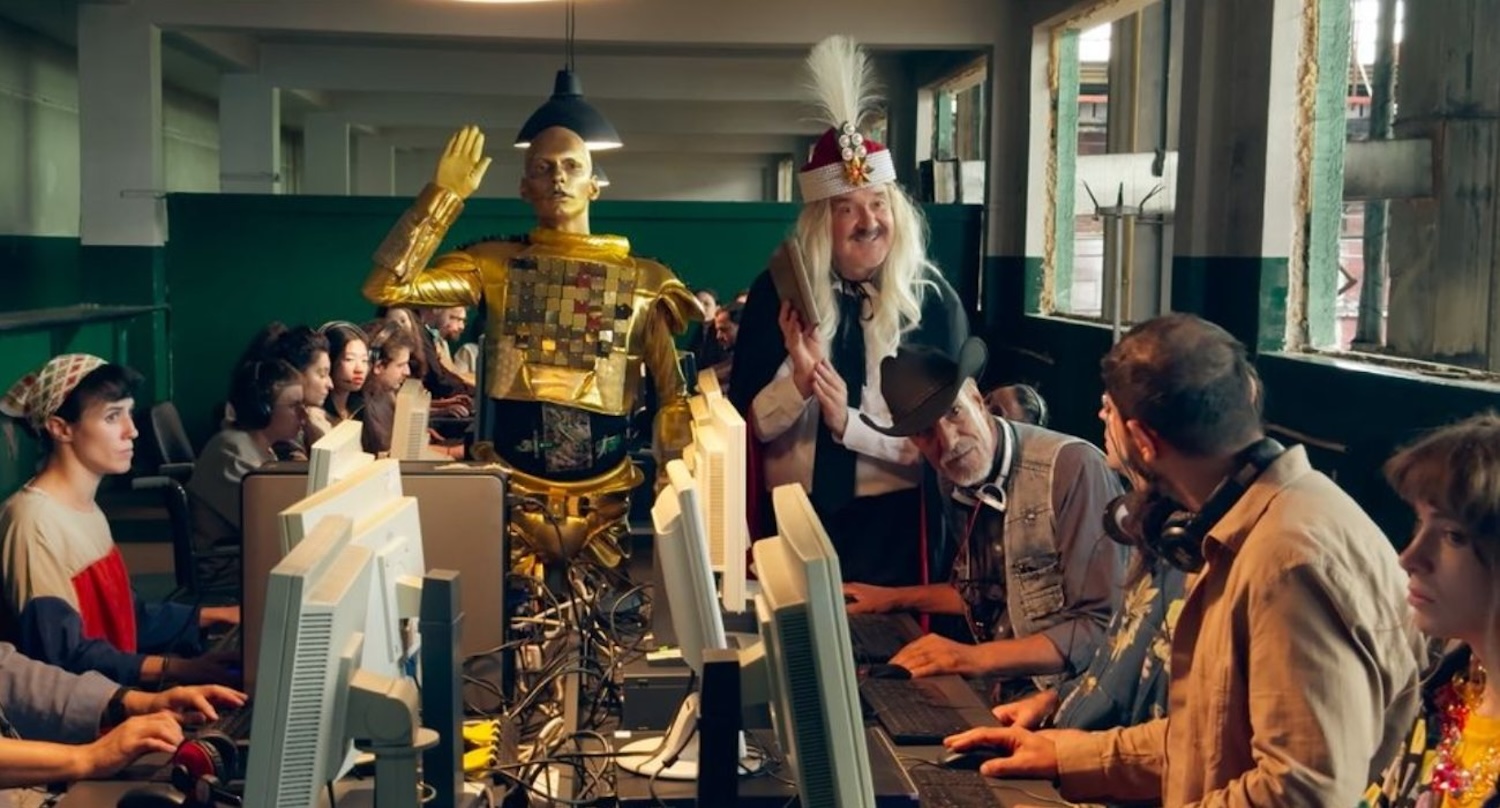
Hilarious Vampire Slop
Part scatalogical essay film, part lo-fi exercise in termite art, Radu Jude’s Dracula (2025, feature image) is an unruly beast. The nearly three-hour gonzo metanarrative, like Raúl Ruiz by way of Roger Corman, is a bewildering, and admittedly often brilliant, study of the myriad ways his nation’s most famous cultural export reflects the formation and dissemination of Romania’s historical narratives.
A filmmaker (Adonis Tanța) tells the audience that he’s tasked with creating a film (allegedly commercial) about Dracula with the assistance of AI. The major story that the director returns to the most is one involving a low-rent theatrical troupe that re-enacts the vampiric tale with audience participation, first by auctioning a lascivious encounter with the geriatric actor (a game Gabriel Spahiu) playing the count, then instigating a chase of the old man and his co-star, credited as Vampiria (Oana Maria Zaharia).
The film breaks up the action to regale us with tales whose pedagogical, aesthetic and historical value wildly vary. Jude’s extended explorations of Romania’s literary figureheads are the closest the film gets to any semblance of conventionality. Vampirul (G. M. Amza and Al. Bilciurescu, 1938), Romania’s first vampire novel, is re-enacted over nearly a third of the film’s runtime, yet the Brechtian flourishes Jude infuses into his re-telling are less provocative or amusing than the shorter passages that infuse porn website ads into Murnau’s Nosferatu (1922) or a horrifically funny AI-simulated orgy inspired by Francis Ford Coppola’s 1992 film.
It’s in these stretches when Jude’s raucous allegorisation of Dracula as a stand-in for Marxist, ethno-nationalist and transhumanist reclamation reaches its memetic, and blackly comic, zenith. Expansive as it is excessive, Jude’s Dracula is deliberately scattershot in its emulation of the fragmented semiotics shaping our intensely digitised, dehistoricised hellscape.
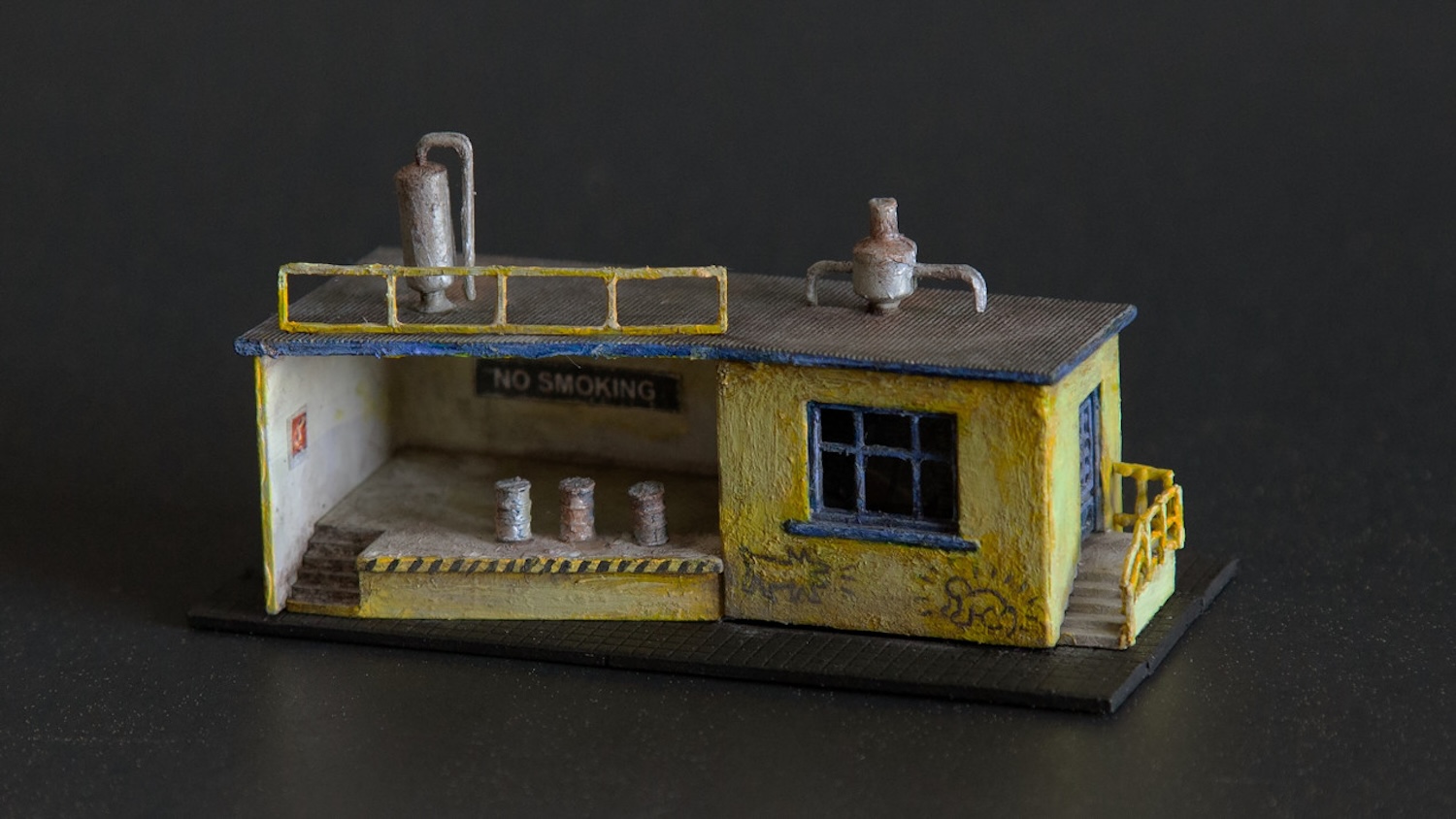
Fascism Is a Cold Gun
James Benning offers his own take on a national historiography shaped by culture and technology. Decidedly more linear than Dracula, little boy (2025) features James Benning’s recognisable use of temporal duration to emphasise the materiality of American landscapes. Telling that the landscapes in question are miniature, their construction accompanied by pop songs from the Shirelles, Pete Seeger and Sinéad O’Connor, just to name a few. Interspersed are static shots of the completed models with archival speeches from several political figures that roughly chart seventy years in the increasing militarisation of American life.
Some of the structures explicitly illustrate this paradigm, including a Raytheon building or the eponymous bomb used on the people of Hiroshima. Yet Benning is most concerned with emphasising the process over the end result. When the finished buildings are onscreen, the aspect ratio shrinks, consecrating their status as a historicised object whose vitality is articulated strictly in the past tense vis-à-vis the archival speech from Eisenhower or Stokley Carmichael that plays on the soundtrack.
And what, exactly, does that past tense portend for our future? Nothing good for Benning or his country, whose gradual descent into fascism has colored the arc of the filmmaker’s life. In this respect, little boy is one of Benning’s most personal works, its preciosity despairing by design. What’s keeping Benning’s rage at bay is the tactile and familiar act of creation, an act which he nevertheless ruefully recognises as a mirror image of the nostalgia that’s been critical to the ideological quagmire gripping the supposed “free world.”
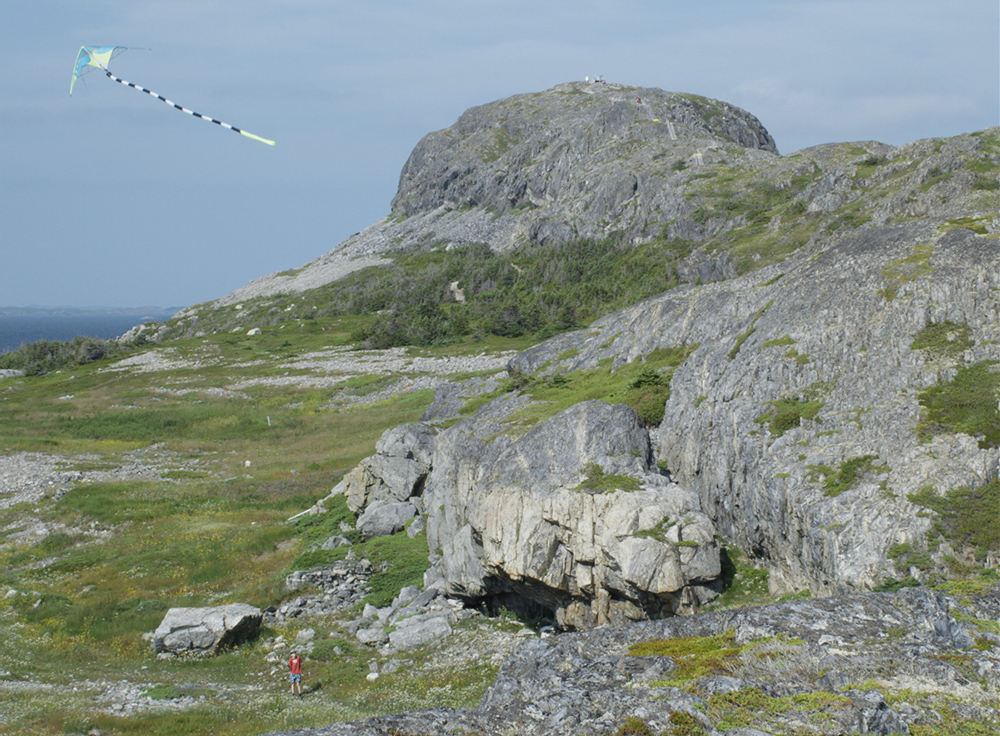
The Wind Carries Lockhart
One of Benning’s contemporaries, Sharon Lockhart is not an artist whose work I know well. Yet on the basis of Windward (2025), her interest in human figures who interface with their bucolic surroundings provides a beguiling glimpse of a sensibility that complements Benning’s in its gentle accentuation of commingled labour and leisure.
Across ten discrete static shots, Lockhart’s camera observes children traversing the terrain of Fogo Island, off the coast of Newfoundland. In spite of the Canadian setting, Lockhart’s compositions are evocative of New England impressionists, such as the work of Winslow Homer. That historical ambiguity is reinforced by a prelapsarian depiction of children frolicking along cliffs and beaches.
The idyllic hermeticism of this artistic impulse admittedly risks simplified overdetermination. However, there are moments of disarming poeticism, nowhere more apparent than in one shot where a child flies a kite. We see the shadow of the kite before we see the object itself, as if it were manifested overhead by this child’s sheer force of will. That dialectic between earth and sky, imagination and perception, induces a renewed sensibility for the gifts afforded by the natural world.
If the film can’t sustain that level of graceful complexity, it certainly provides nothing less than pleasant, even pleasurable viewing. In an ecosystem of information overload, I’d take Lockhart’s modest film over many others that try and fail to meet the immensity of this precarious moment. If her final shot is any indication, a sojourn to the natural world may serve us well upon our return home through roiling waves to face what awaits us ashore.
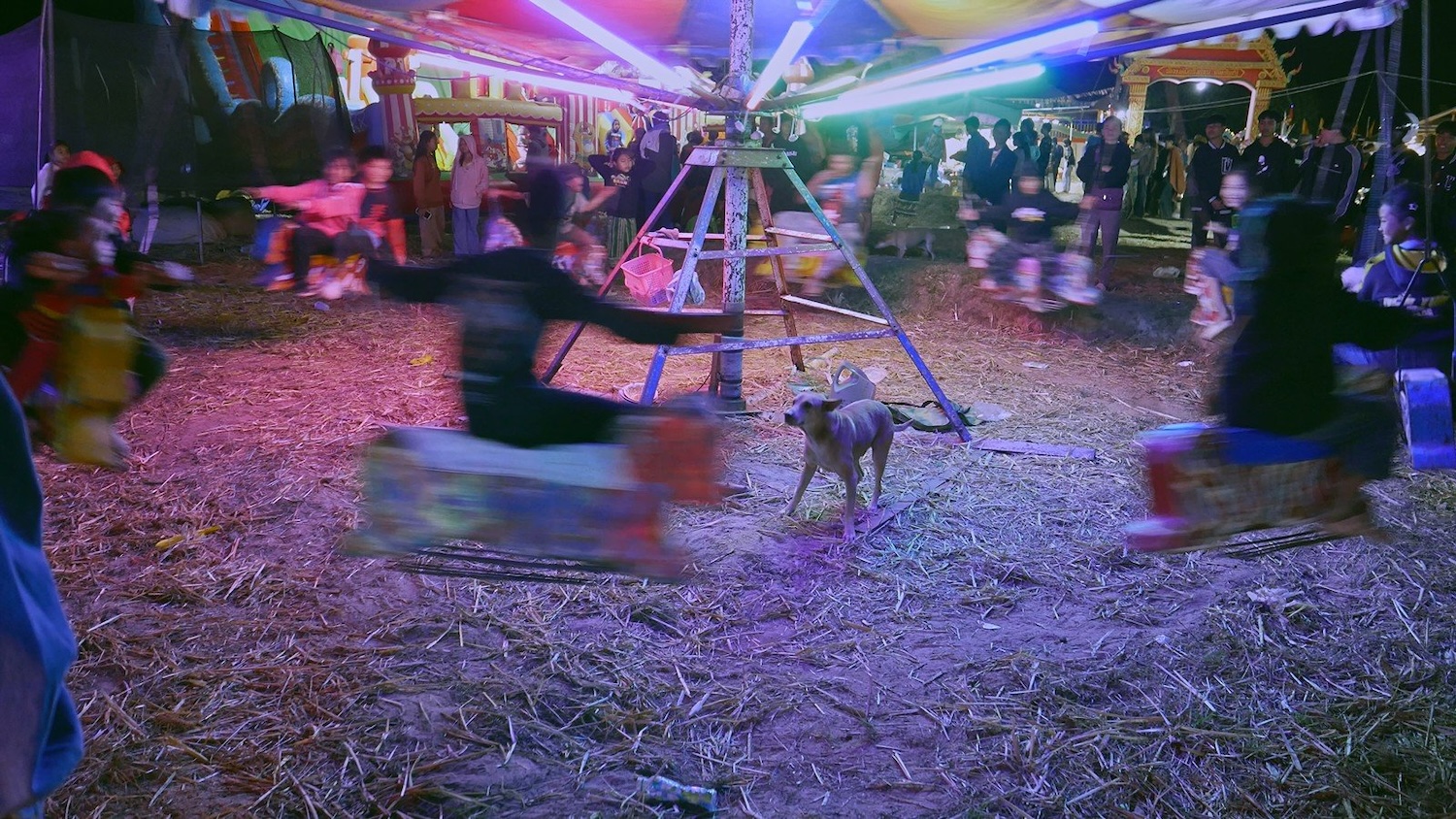
Tsai’s Constant Flux
Venturing deeper into the natural world, Tsai Ming-liang’s Back Home (2025) sees one of Slow Cinema’s modern masters operating in a decidedly minor key, though that isn’t necessarily a slight. An hour of footage culled from a trip taken with Days (2020) muse Anong Houngheuangsy to his homeland of Laos, director Tsai frames the featurette as a distillation of his aesthetic and thematic preoccupations as an artist. Yet Back Home is best enjoyed as a collage of sensory pleasures more than a unifying statement in Tsai’s corpus.
The opening shot of a car speeding down a highway, followed by an uncharacteristically intimate close-up of Houngheuangsy asleep in the passenger seat, alludes to the phantom rides of early cinema and the oneiric possibilities of a still-nascent medium. The subsequent shots affix cinema’s vocation to what Tsai’s done throughout his career: chart the movement of bodies through space within and beyond the stillness of largely dilapidated structures.
Where the film surprises the viewer familiar with Tsai’s filmmaking is the brevity of several shots. Images of homes last onscreen for as short as fourteen seconds, and one gets the feeling that Tsai’s brand of ephemerality informs an editing rhythm that forces us to take heed of these places before they dissipate in our memory. Where he lingers longest is in shots of Houngheuangsy and his family cooking and conversing in unsubtitled dialogue — the film’s penultimate, panoramic shot of a family meal becomes positively Tati-esque.
If the film’s final shot ruptures the thrall of this reverie, it firmly defines Tsai’s filmmaking as one in a constant state of flux. While hardly a revelatory thesis for his work, this parting shot nevertheless reaffirms Tsai’s importance in wielding media to facilitate a connection between the material and spiritual, limned by ghostly traces of those we love and miss the most.
Nick Kouhi is a programmer and critic based in Minneapolis, Minnesota
